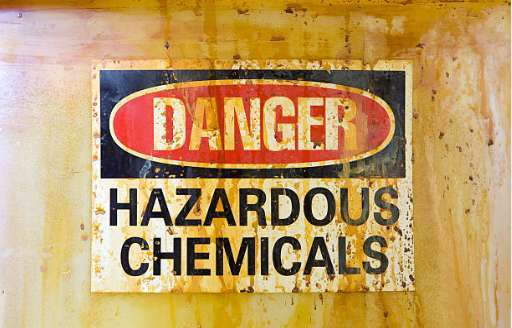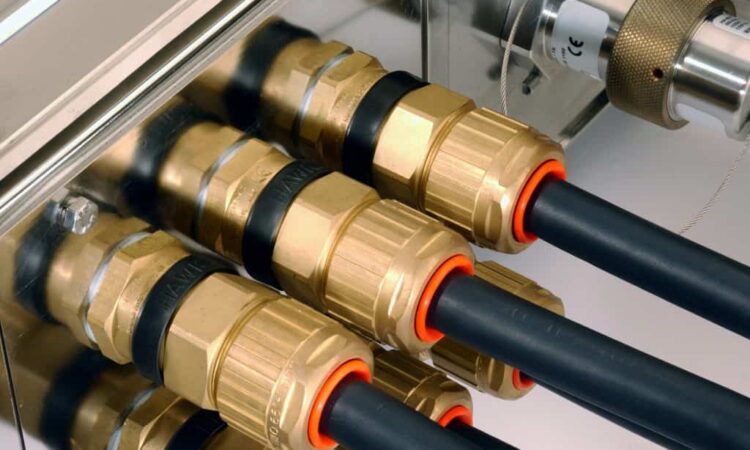Current Practices for use of Barrier Glands in Hazardous Areas Training
Current Practices for use of Barrier Glands in Hazardous Areas Training
Nov 23, 2019

What is a Hazardous Area?
Before discussing about hazardous areas training, we should define the areas that fall under this category. In electrical engineering, a hazardous area or a potentially explosive atmosphere is defined as an environment that consists of any concentrations of flammable gases, vapours, mists or combustible dusts. Where these explosive atmospheres are either present or likely to be present, all electrical equipment installed in such environments is specially designed and tested to meet a range of requirements that together ensure the safety of personnel and avoid potentially dangerous situations resulting from the equipment’s reaction to its surroundings.
Hazardous areas are found in the processes of production, transformation, delivery and stocking of flammable substances commonly produce potentially explosive environments, such as chemical and petrochemical plants, mining, oil and gas or food processing and grain handling – when these flammable substances meet the oxygen in the air, they can create an explosive atmosphere. If this atmosphere is ignited, the deriving explosion can cause a serious damage to people, equipment and environment.
Where are Hazardous Areas found?
Common locations of hazardous areas include oil refineries, chemical plans, LNG plants, paint manufacturers, sewerage treatment plants and offshore drilling rigs. These are all environments where hazardous gas vapours may be present. However, many companies don’t realise dust can also create hazardous areas, and places such as food and beverage manufacturers, plastics factories, flour mills, recycling operations and grain handling and storage also need to ensure any potentially hazardous areas are classified correctly and personnel are trained.
Current Practices of how Barrier Glands are used in Hazardous Areas
The barrier gland is used in hazardous areas (HA) when the cable is not circular, compact, non-hygroscopic filler type and there is possibility of explosion (i.e. pressure + temperature) being generated in a device connected in HA. It is the general interpretation amongst HA practitioners that the cables between HA and non-HA are delivered with a barrier gland, if the cable is not circular, compact, non-hygroscopic filler type, irrespective of the application in which they are used.
Most cables would not need barrier glands except for the ones likely to have contact with process fluid e.g. a natural gas actuated electro-pneumatic transducer. Hence in most HA applications like motors, distribution boards etc, the likelihood of gas/vapor transfer from HA to non-HA is negligible and hence the barrier glands are not required. However, this is not current practise in industry.
Since most cable manufacturers don’t confirm that cable is circular, compact, non-hygroscopic filler type, a conservative generic approach to use barrier glands, has found its way in the HA cable terminations. Most operating companies have developed procedures for the use of barrier glands without assessing the specific situations.
There are handful of cable manufacturer for LV 250V, 0.6/1kV and HV cables in the world that can confirm the cable is circular, fillers are compact, and pressure is tested. Only one cable manufacturer in Australia who makes that claim is Prysmian Cables. In fabrication of Whetstone Upstream Project modules by DSME in South Korea, IS cables was proven to be circular, compact, non-hygroscopic filler type, hence barrier glands were not used by DSME.
What Hazardous Areas Training is needed?
PMV covers selection of cable glands in details during hazardous areas training, including the good industrial practices.
Without exception, persons who intend to work in hazardous areas need to be appropriately trained and competent. Whether a person is involved in the design, installation or maintenance stage, they must be able to demonstrate competency to ensure utmost safety measures are ensured.
AS/NZS 3000 Clause 7.7.2.4.2 refers to competency requirements in AS/NZS 60079.14. In Clause 4.5 requires the design of the installation, the selection of equipment and its installation shall be carried out only by persons whose training has included instruction on the various types of protection and installation practices, relevant rules and regulations and on the general principles of area classification. The competency of the person shall be relevant to the type of work to be undertaken.
AS/NZS 60079.14. Clause refers further states that appropriate continuing education or training shall be undertaken by personnel on a regular basis. PMV recommends that the EEHA Installation and Maintenance competencies are refreshed every 3 years. We offer hazardous area courses in:
- UEE42622 Certificate IV in Hazardous Areas (full qualification)
- Hazardous Areas Installation + Maintenance + Inspection Competency (Refresher)
- Hazardous Areas Classification and Design
- Hazardous Areas Compliance Verification Dossier
To become a technical authority and team leader, specialising in Hazardous Areas, PMV offers Diploma and Advanced Diploma courses:
- UEE50420 Diploma of Electrical Engineering
- UEE61222 Advanced Diploma of Engineering – Explosion Protection
To find out more, contact us
Recent Post
Mar 14, 2024

